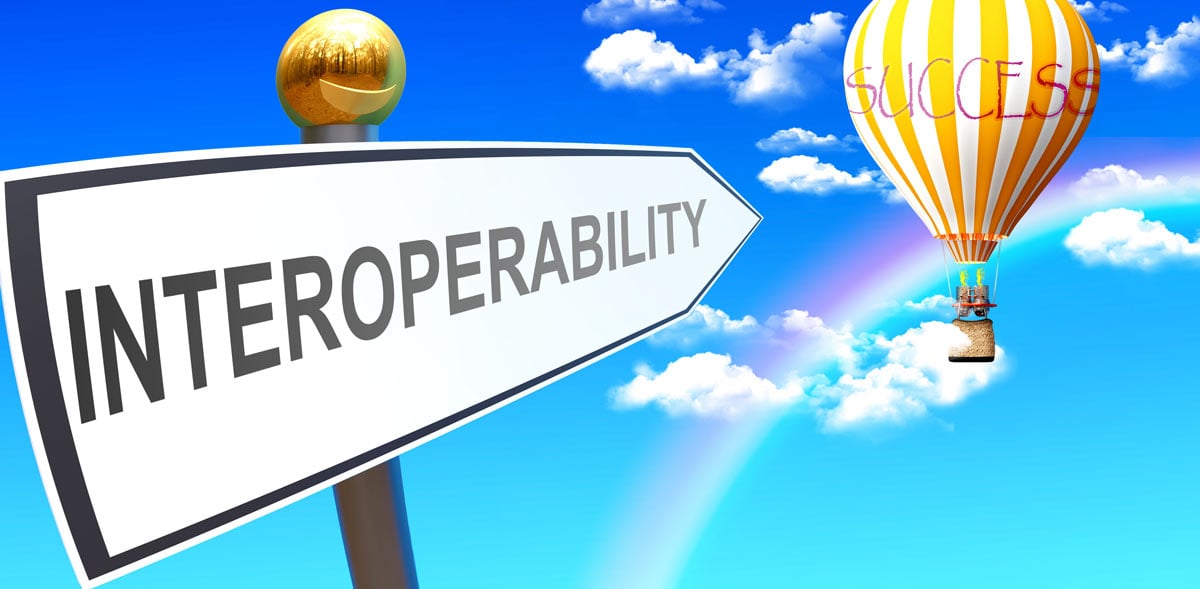The educational publishing industry is constantly adapting to change. As digital technology advances, educational content creation, management, and delivery must also evolve. One of the most significant challenges faced by educational publishers today is achieving seamless content interoperability, enabling educational content to be shared and reused across various products and businesses. In this post, we'll explore the challenges faced by publishers with respect to content interoperability, why these challenges can be so difficult to resolve, and the transformative potential of separating content structure from the final product.
The Ongoing Challenge of Content Interoperability
Educational publishers have long struggled with content interoperability. As products and businesses expand, authoring tools and workflows often develop organically, which can lead to inefficiencies and operational limitations. When new product opportunities emerge, re-engineering content becomes a laborious and time-consuming endeavor. Over time, publishers have invested millions in task forces and internal initiatives to address this issue, often with limited success.
Why Achieving Content Interoperability Internally is so Challenging
The difficulties in attaining content interoperability are twofold. First, it's a specialized technical field requiring a unique set of skills and expertise that may not be easily accessible within existing product and content teams. Second, to genuinely solve this problem, publishers must be willing to step back from their current workflows and content standards, reimagining more efficient processes that can be refined over time.
For a simple comparison in another industry, the interchangeability of auto parts revolutionized the car manufacturing industry by enabling manufacturers to produce standardized components at scale, simplifying assembly processes, and making repairs and customization easier for consumers. This standardization led to increased production efficiency, cost savings, and a more consistent quality of automobiles.
Just like the interchangeability of auto parts, the interoperability of content in educational publishing can pave the way for more flexible, efficient, and streamlined content creation and production workflows, fostering innovation and collaboration in the industry.
Separating Content Structure from the Final Product
The solution to content interoperability lies in separating content structure from the final product. By producing content that is modular and adaptable, it becomes easier for publishers to reuse, repurpose, and reconfigure their educational materials for various products, platforms, and audiences. For example, producing modular content would enable the following for publishers:
- Modular lesson plans: Publishers can create individual lesson modules covering specific topics that can be easily rearranged or customized to fit different curricula or grade levels. This allows teachers to tailor their lesson plans to their students' needs and preferences without requiring the creation of entirely new content.
- Interactive e-books: By separating content structure from the final product, publishers can develop interactive e-books that offer multimedia elements, such as videos, quizzes, and simulations, alongside the core text. These e-books can then be adapted for various platforms, devices, or even languages, maximizing their reach and utility.
- Customizable textbooks: With interoperable content, publishers can provide schools and educators the option to create customized textbooks by selecting and arranging modules based on their specific requirements. This allows for better alignment with local standards and curriculum goals, resulting in more targeted and effective educational materials.
- Adaptive learning platforms: By separating content structure from the final product, publishers can integrate their educational materials into adaptive learning platforms that automatically adjust content presentation and difficulty based on individual students' performance and learning needs. This enables a more personalized learning experience, ultimately improving student outcomes.
Advantages of Content Interoperability
Content interoperability offers numerous benefits for educational publishers, including:
- Increased efficiency By devising more efficient workflows and content structures, publishers can save time and resources creating and repurposing educational content.
- Enhanced flexibilityA modular content approach enables publishers to swiftly and effortlessly adapt their materials to new product opportunities and market demands.
- Improved scalabilityAs businesses expand, the ability to share and reuse content across diverse products and platforms becomes increasingly vital, allowing publishers to scale their operations more effectively.
Addressing content interoperability not only enhances efficiency and reduces costs but also positively impacts employees, learners, and the overall business. When employees spend less time on manual, mundane tasks, such as reformatting and transforming content, and more time on high-value tasks, such as pedagogy and learning design, they experience greater job satisfaction and productivity. Learners benefit from more engaging content, leading to improved educational outcomes. The business can maintain a competitive edge in the market by delivering higher-quality products at lower costs, promoting growth and profitability. Prioritizing content interoperability is essential for creating a favorable work environment, enriching learning experiences, and ultimately securing a strong market presence.






Leave a comment